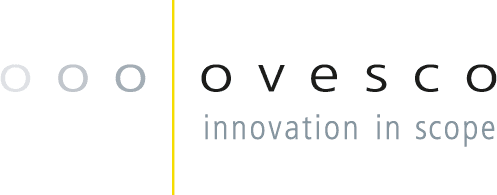The 48th Conference of the German Society for Endoscopy and Imaging Procedures (Deutsche Gesellschaft für Endoskopie und Bildgebende Verfahren, DGE-BV) took place on March 15-17, 2018 in Munich, Germany. Dr. A. Braun, SRO Langenthal, Switzerland, presented personal data on OTSC application for emergency treatment of acute hemorrhage.
Between 2011 and 2017, 48 patients (29 female, median age 75.5 years (61-92)) each received one OTSC clip for first-line treatment of acute gastrointestinal hemorrhage. All patients had shown acute hemoglobin decrease and secure bleeding signs such as hematemesis, melena or hematochezia. Bleeding was located in the upper GI tract in 34 cases (14 Forrest Ia, 15 Forrest Ib, and 5 Forrest IIa) and in the lower GI tract in 14 cases (4 Forrest Ia, 7 Forrest Ib and 3 Forrest IIa). Patients with upper GI bleeding received peri-interventional PPI medication (80mg i.v. bolus, 320 mg i.v. / 24 h). For placement of the OTSC in some cases an endoscopic forceps was used to grasp tissue. No further local therapies were applied. All OTSC applications were performed by one single endoscopist.
OTSC application and primary hemostasis were successful in all cases. Maximal procedure time was 20 minutes. No relapse hemorrhage occurred. 26 patients (15 F Ia, 9 F Ib) received follow-up endoscopy on day 1 to 4, which showed the clip in situ and no bleeding stigmata. The other 22 patients received no follow-up examination. The clinical course was uneventful in all cases.
The author concludes that OTSC application for emergency endoscopic treatment of acute hemorrhage is safe and very effective. Primary hemostasis is achieved in a large fraction of patients, which makes reduction of the mortality rate of acute gastrointestinal hemorrhage possible. OTSC application is related to short procedural time.
Endoskopische Behandlung von akuten Blutungen mit einem over-the-scope clip (OTSC)
Braun A (2018)
see poster


 Deutsch
Deutsch  Français
Français 